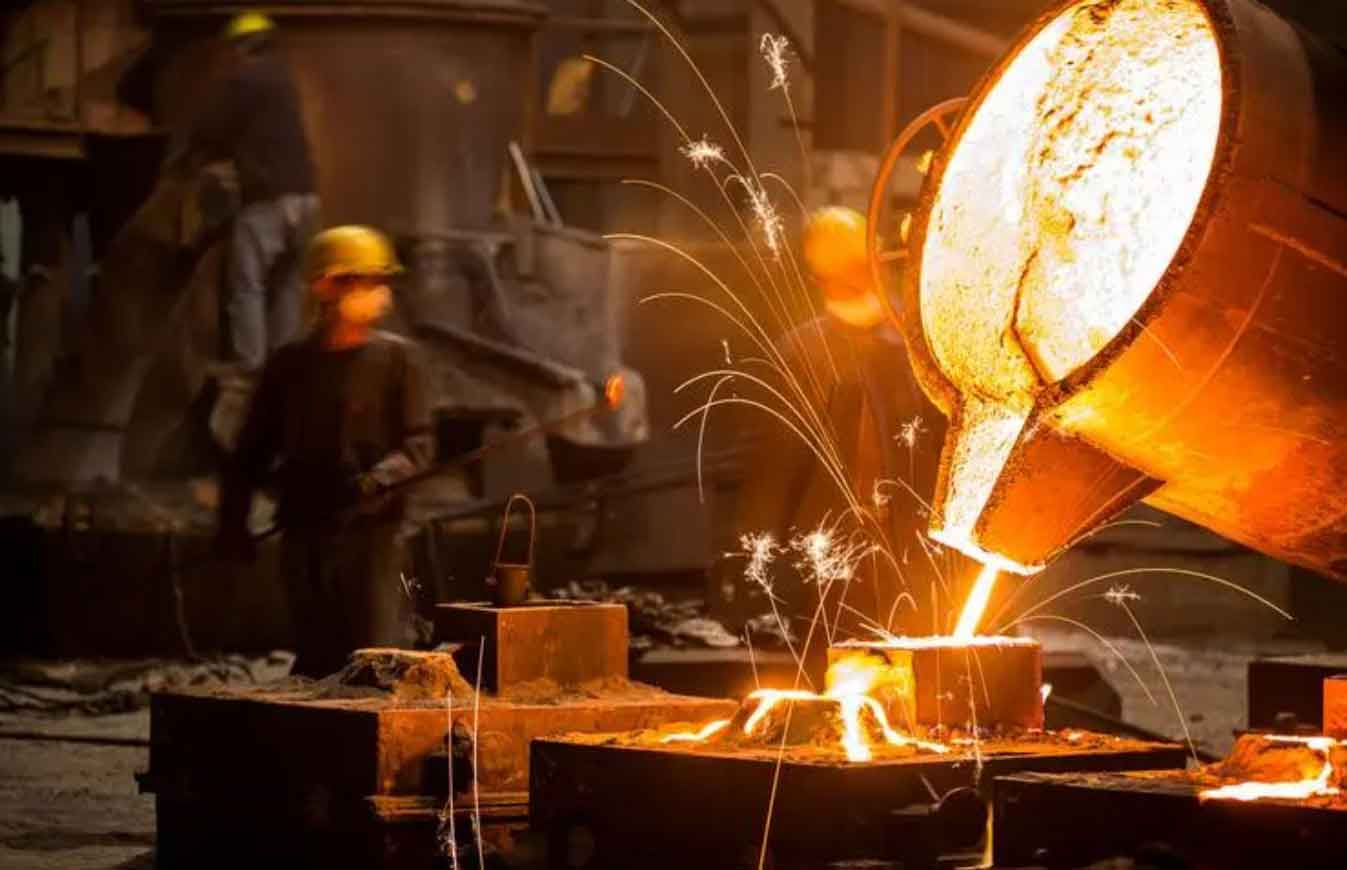In sand casting, the design of venting systems plays a critical role in ensuring casting quality by mitigating defects such as blowholes, sand burning, and gas shrinkage. This article explores systematic approaches to optimize venting systems for both mold cavities and sand cores, supported by empirical formulas, design principles, and practical solutions.

1. Functions and Classification of Venting Systems
Venting systems in sand casting serve four primary purposes:
- Evacuate gases from mold cavities, cores, and molten metal.
- Reduce gas pressure to enhance mold-filling capacity.
- Expel low-temperature metal and slag during pouring.
- Enable visual monitoring of filling progress.
Venting methods are categorized as:
| Type | Examples |
|---|---|
| Mold Cavity Venting | Vent holes, overflow risers, ignition venting, sand permeability |
| Core Venting | Vent channels, ceramic filters, exothermic sleeves, permeable coatings |
2. Fundamental Design Principles
Key principles for sand casting venting systems include:
- Total vent area ≥ Choke area: $$ S_{vent} \geq S_{choke} $$
- For complex thin-wall castings: $$ S_{vent} = (1.5 \sim 2.5)S_{choke} $$
- Vent placement at highest points and gas accumulation zones
- Separation of cavity and core venting paths
3. Common Defects from Poor Venting
Improper venting leads to:
| Defect | Cause |
|---|---|
| Blowholes | Gas entrapment in molten metal |
| Sand Burning | High gas pressure forcing metal into sand |
| Misruns | Insufficient venting causing back pressure |
4. Optimal Venting System Design
4.1 Mold Cavity Venting
Critical parameters for mold venting:
$$ S_{vent} = (1.5 \sim 4) \frac{22.6G}{\rho t h_p \mu} $$
Where:
$G$ = Pour weight (kg)
$\rho$ = Metal density (kg/m³)
$t$ = Pour time (s)
$h_p$ = Metallostatic head (m)
$\mu$ = Velocity coefficient (0.35-0.45)
4.2 Core Venting Strategies
Core venting requires:
| Core Type | Venting Method |
|---|---|
| Simple Cores | Wax strings, vent wires, hollow core prints |
| Complex Cores | Ceramic filters, 3D-printed channels, sacrificial foams |
Minimum core vent area calculation:
$$ a_v = a_{cm}(1-A) – a_p $$
$$ A = \frac{\gamma_1 H \rho}{\gamma_2 K G C} $$
Where:
$\gamma_1$ = Metal density
$\gamma_2$ = Core density
$K$ = Conversion factor (2.166 cm²/s)
5. Advanced Techniques
- Exothermic Riser Design: Integrated insulation and venting materials
- Layered Venting: Combination of micro/macro vents for progressive gas release
- Intelligent Venting: Temperature-activated vent materials
6. Process Control Measures
- Maintain sand permeability >100 (BPN)
- Limit core sand gas evolution <15 mL/g (850°C)
- Implement real-time ignition monitoring
- Optimize pouring temperature gradient
7. Conclusion
Effective venting system design in sand casting requires synergistic optimization of geometry, material properties, and process parameters. By implementing scientific vent area calculations, advanced core venting technologies, and rigorous process controls, foundries can achieve defect reduction rates exceeding 85% while maintaining production efficiency.
